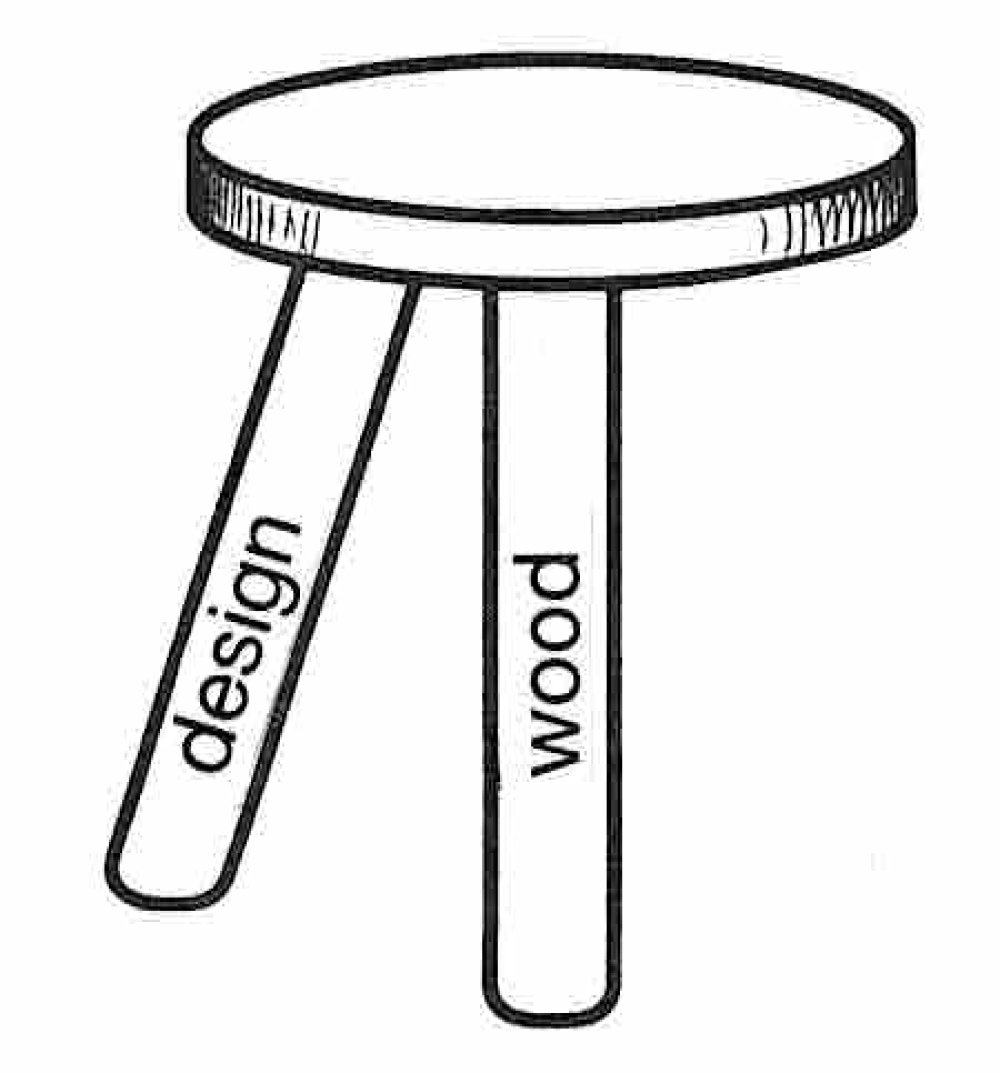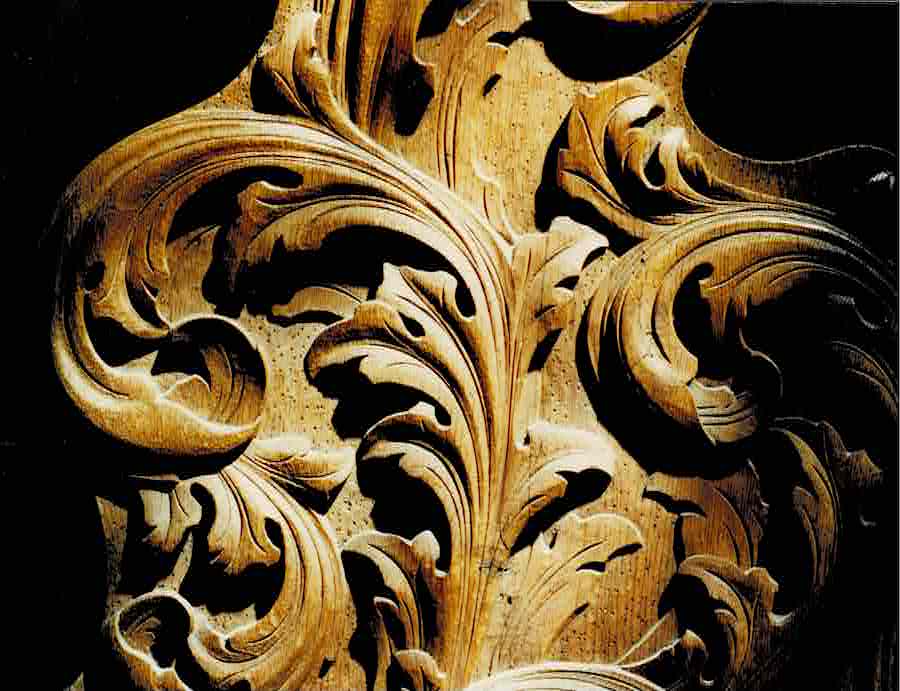The 3-Legged Stool of Woodcarving! Leg 2 Wood
16.06.22

Following on from the previous blog (May 2022) let's turn to the next leg of our 3-legged stool metaphor, one that is, of course, specific to you as a woodcarver:
2 Wood
Which is? Your vehicle of expression as a carver.
You love the look, the feel, the smell; how it cuts; the trees it comes from. Yes?
If you don't... Well, you're certainly missing out, and most probably following the wrong path!
More than any other wood craft, we carvers really 'get' wood, and really get into wood: With, against, across the grain; we are all over it, and quite often through it too. Knowledge and understanding of your material does come with experience but it's amazing how common sense is blown away by the winds of inspiration!
As you design your carving, think wood. Consider:
The wood itself:
- How carveable is your choice? Lots of woods look good but are very challenging to carve.
- Is your wood properly seasoned? Air-dried is milder to work than kiln-dried, which tend to be more brittle.
- Dense or open grain? A good idea is to keep sample of different woods to remind yourself about their various qualities. Most carver end up prefering just a few varieties of wood. Get to knowthem well.
- What about the effect of the colour or figuring?
- If you don't know about woods go 'fish where the fish swim' ie. What are others carvers in your area using, and for what sort of projects?
- Are there knots that will interfere with your design, or other flaws like cracks? Can you adapt your design to work around them, or cut them out? (Always very satisfying!)
Strengths and weaknesses:
- How will the weak elements in your design be supported?
- And that's both as you carve and when the piece is finished and vulnerable to the 'oh-look-that's clever-let-me see how-weak-it-is-by-bending/wobbling-it' viewer effect.
- Can you use the fibre strength to your advantage?
- Literally, yo don't want a weak leg to that stool
Whole of joined:
- It's by no means essential to use one pice of wood. Joining for carving is an age-old tradition and, sometimes, joning is a better option, for stability for example.
- Where will you put the join? Make it as inconspicious as possible, which may mean unevenly space or dimensioned wood.
- When you bandsaw, do you need to leave waste wood for clamps?
- A carver's screw? Which is the safest place to insert it? - which may not be in the middle.
Holding your workpiece:
- It's really important to think this through right at the start; holding efficiently and safely, while allowing acces to all the surface can be quite problematic.
- How will you do it?
- When you bandsaw, do you need to leave waste wood for holding? Leaving something like a square spigot of excess wood below a 3-dimensional piece will often give you an excellent way to grip it.
- Will you need hidden dowels?
Remember:
Your piece of wood is your partner in the dance of your design. It once was part of a tree which, grew from a seed, an acorn, no doubt well before you were born, and lays it's unique qualities and history on your bench. Love the dance.

Related videos:
